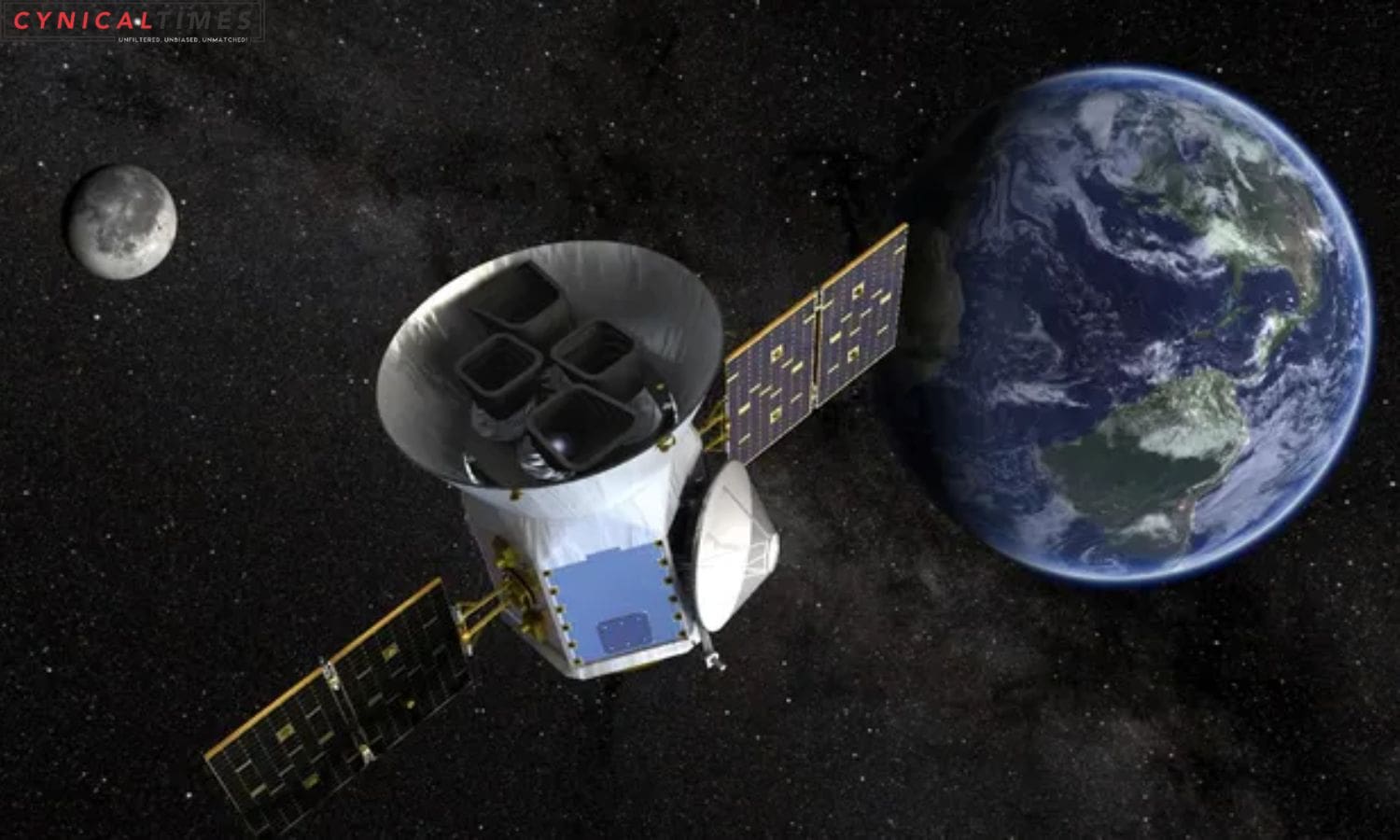Celestial Symphony Unveiled Planets: In a significant astronomical revelation, scientists have uncovered a mesmerizing celestial dance within a star system not far from Earth. This captivating discovery involves six planets orbiting a sun-like star in what appears to be a precisely synchronized cosmic routine. Situated in the constellation Coma Berenices, approximately 100 light-years away, this planetary formation, estimated to be billions of years old, is a source of great excitement for astronomers.
These planets, fittingly termed “sub-Neptunes” due to their size falling between Earth and Neptune, are relatively mysterious entities in the Milky Way galaxy. Little is known about this planetary class, making the newfound configuration around the star HD110067 an invaluable benchmark for researchers. The study, published in the journal Nature, suggests that t Milky Way galaxy his planetary system has maintained its rhythmic dance since its formation, providing a pristine and untouched glimpse into the cosmos.
The observational data were gathered through the combined efforts of NASA’s TESS (Transiting Exoplanet Survey Satellite) and the European Space Agency’s Cheops (Characterizing Exoplanets Satellite). These satellites detected variations in the brightness of the star, indicating planetary transits in 2020. Further analysis revealed a unique planetary configuration, where the inner four planets exhibit a three-to-two resonance with the next outer planet, and the outermost two planets display a four-to-three resonance with the next planet inward.


Also Read: Peregrine Moon Landing: A Giant Leap in Lunar Exploration
Resonant planetary configurations, where planets orbit in a harmonious and synchronized manner, are relatively rare in the universe. Such precision in orbital resonance is thought to occur during the initial stages of planetary formation but is expected to be disrupted over time due to various gravitational interactions. However, in the case of HD110067, astronomers believe these six planets have miraculously maintained their synchronous dance for billions of years.
This discovery allows scientists to study sub-Neptune genesis and evolution, revealing planetary system secrets. The scientists stress the need for more observations to find undetected gaseous planets and learn more about their compositions and atmospheres.
Future research may find liquid water on planets outside the habitable zone, which are unlikely to host life.. Exploring such celestial choreography enhances our understanding of distant planetary systems and raises concerns about the mechanisms that created our solar system’s distinctive, delicate dance.

